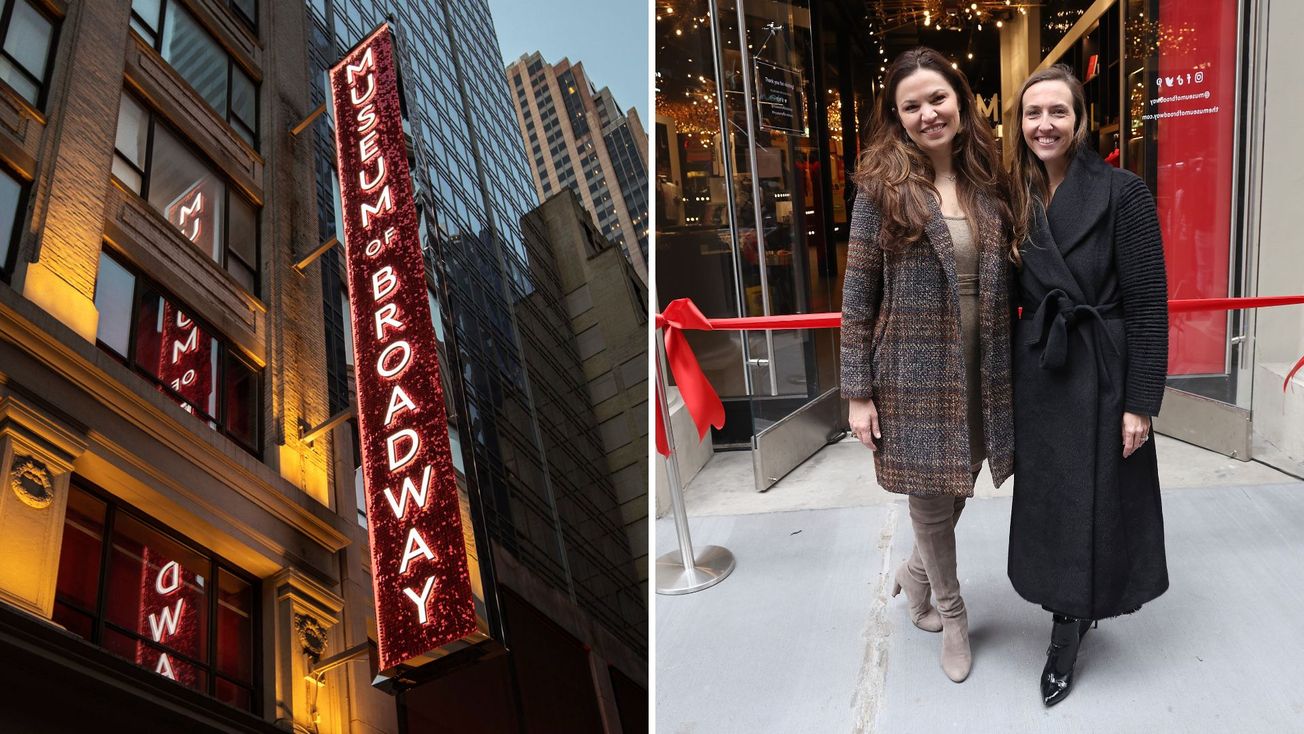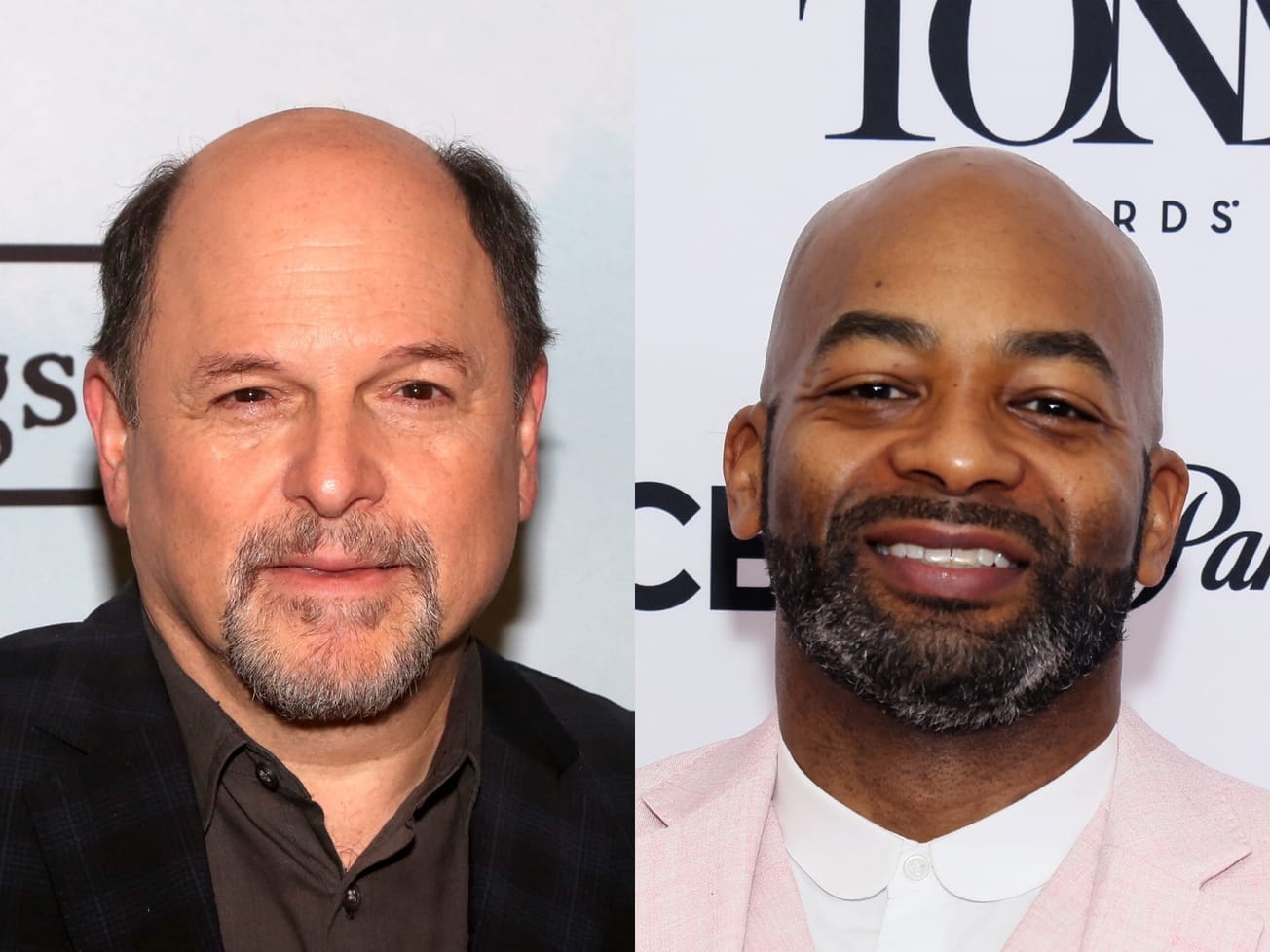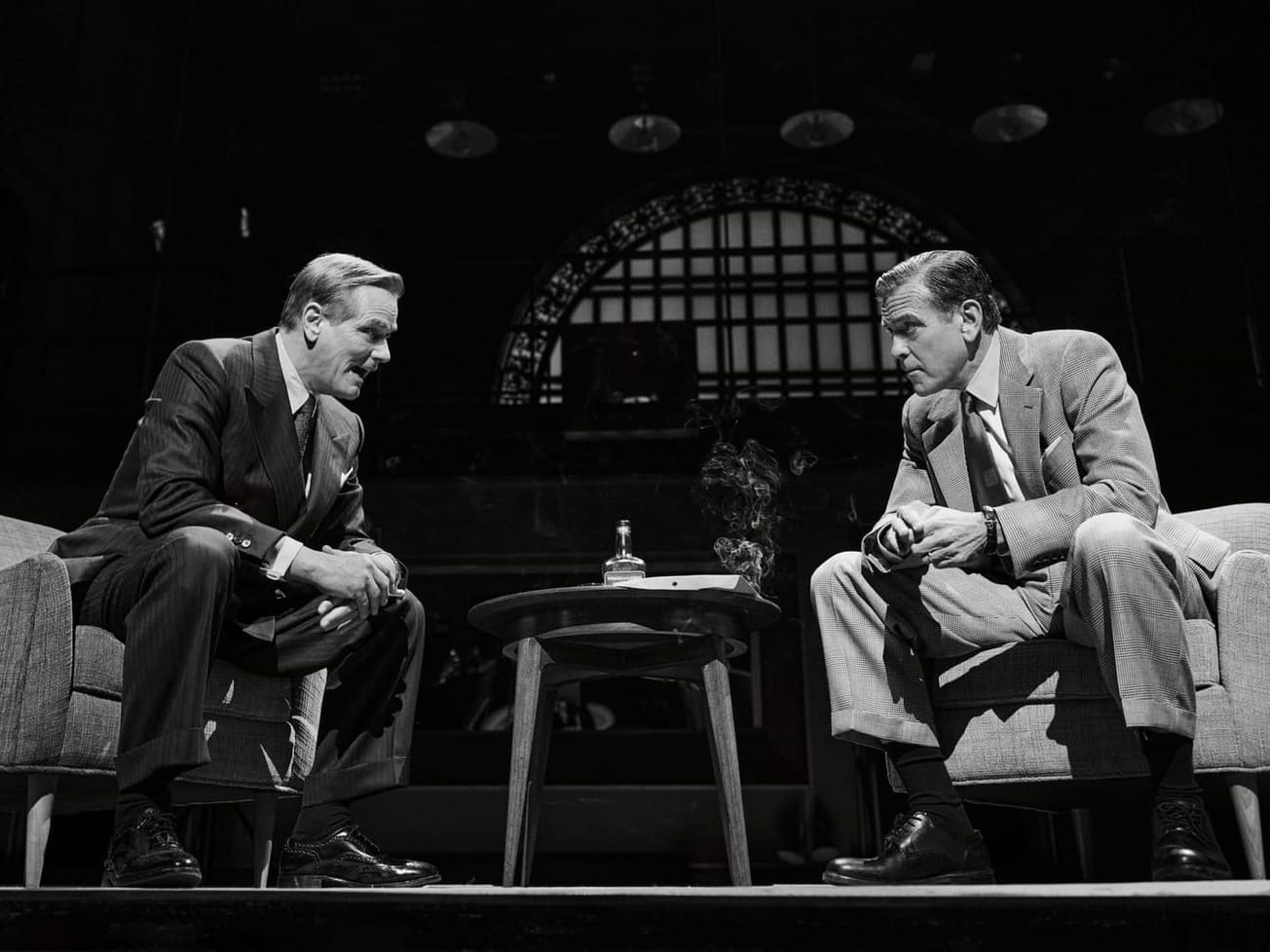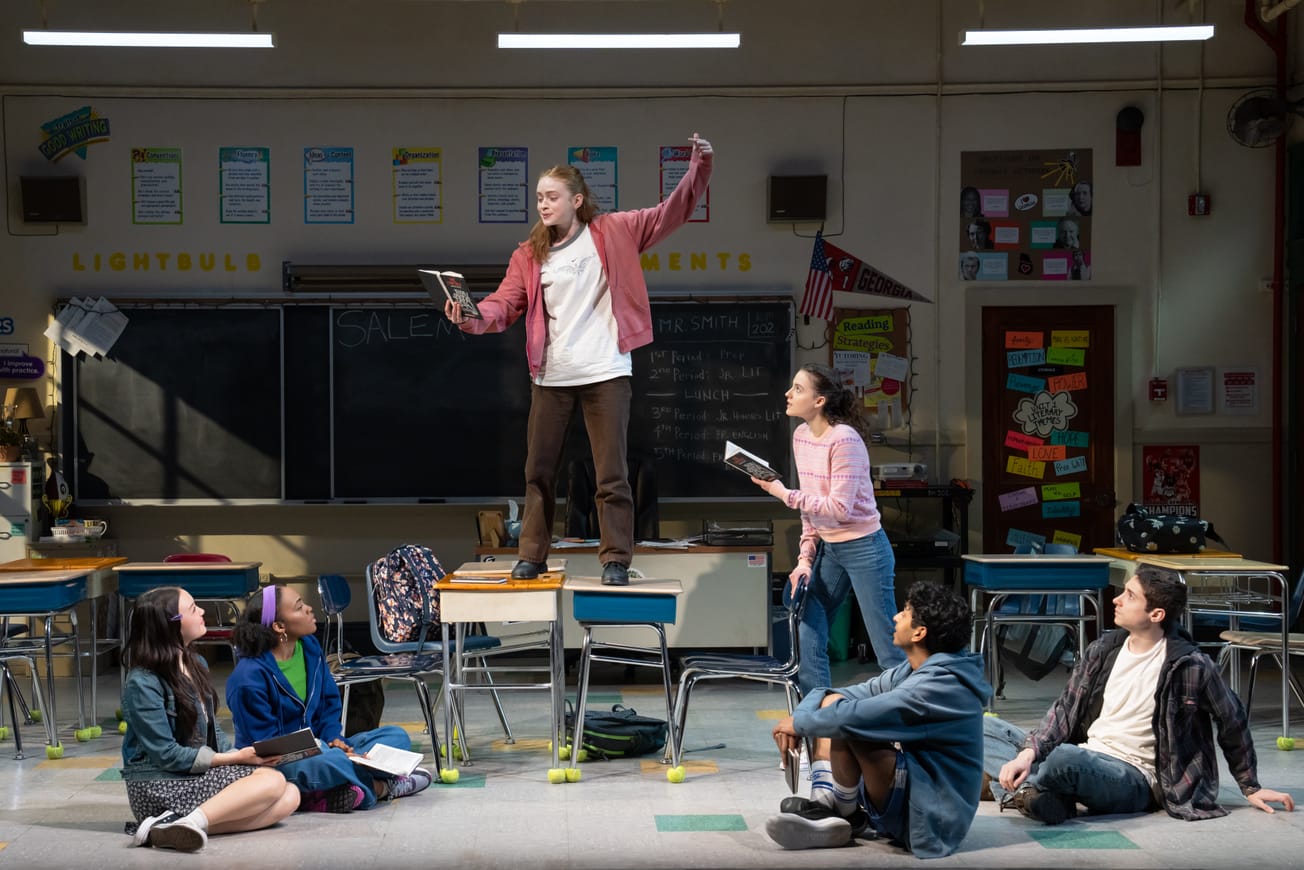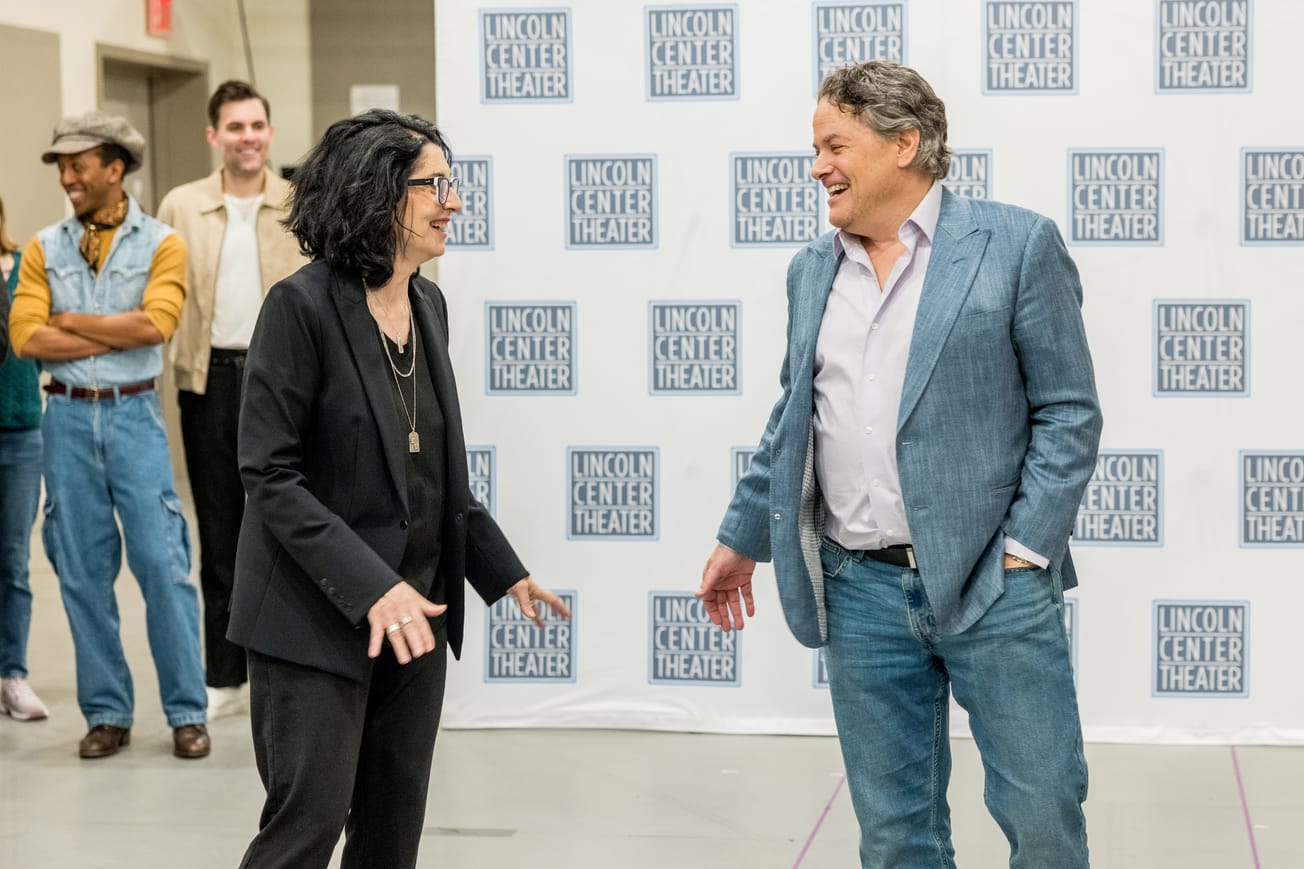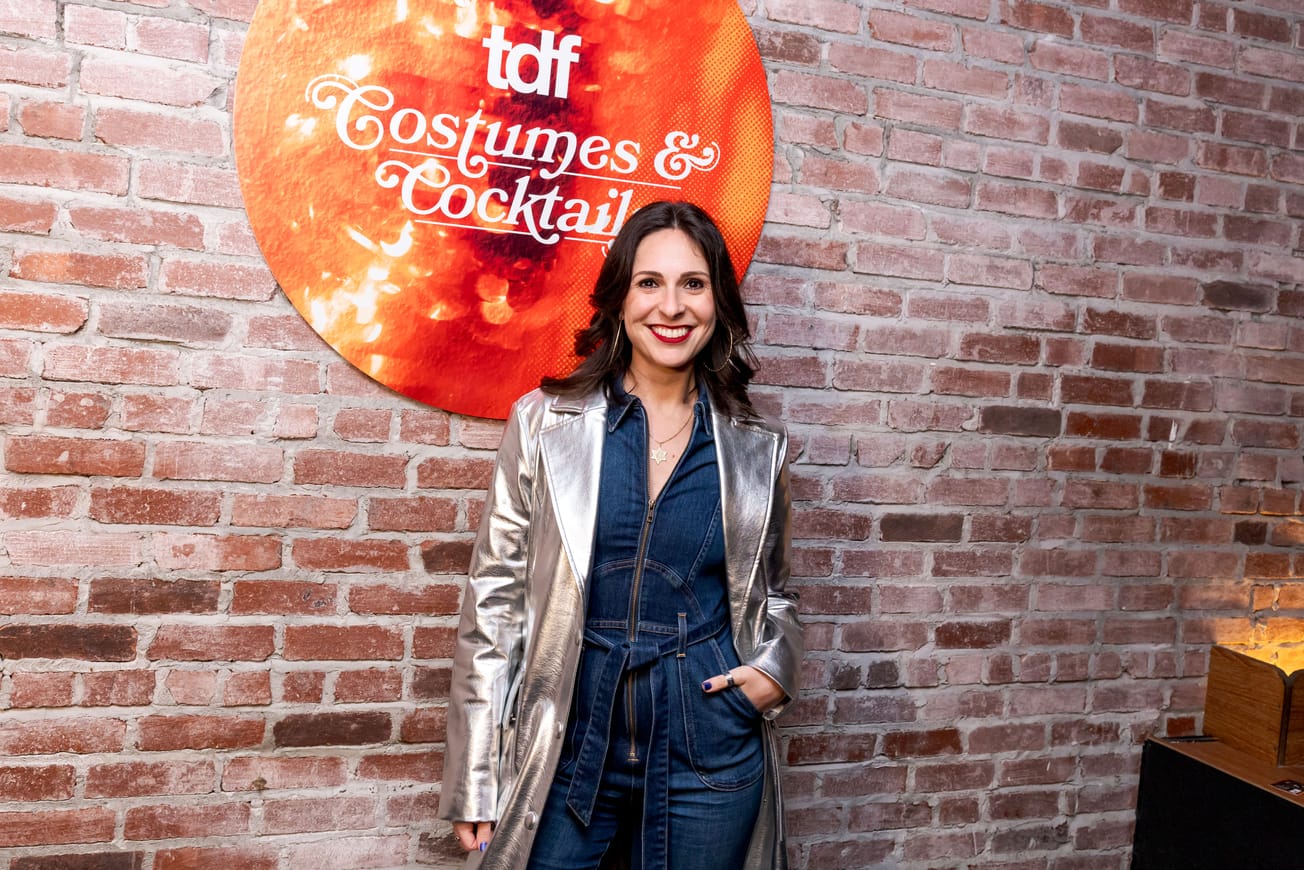Broadway producer Julie Boardman attended her first Broadway League biennial conference in 2015 where a topic of focus was: “How do we get millennials to come to Broadway?” Boardman’s gut reaction: “It’s so hard to get people to come into a Broadway theater if they don’t feel welcome.” As a millennial herself, Boardman thought, “What if we showed people what it looked like to go to Broadway — as an entry point?” That seed of an idea, planted in 2015 and sprouted in 2017, grew to the fully fledged theatrical garden that, today, is the Museum of Broadway.
In 2017, Boardman was chatting with her longtime friend and frequent collaborator Diane Nicoletti about the idea for a museum dedicated to Broadway. “My whole world was experiential events and fan experiences,” said Nicoletti, who founded her own marketing agency in 2009. “And this was [during] the wave of the Museum of Ice Cream and Color Factory, the avocado museum… There was a museum about everything. At that moment, it was like, ‘Why would there not be one around Broadway?”
With their combined experience in event planning, experiential marketing, exhibition creation and theater, Boardman and Nicoletti knew that that key to a museum about Broadway would be the storytelling.
“It’s this idea that we stand on the shoulders of those who came before us — highlighting trailblazers and pioneers and people who broke ground and got us to where we are today [in] the industry and the art form,” Boardman explained. “When we looked at it through that lens, the story of how we would organize everything and what that would look like became clearer.”
With this concept in mind, the two combed Times Square for the perfect plot — landing 26,000 square feet spanning four floors on 45th Street — and raised millions of dollars to finance the project.
The final museum, which officially opened on Nov. 15, 2022, is divided into three areas: the map room, the timeline of Broadway and the making of a Broadway show. The physical structure of the museum leads visitors on a path, “so you’re not picking and choosing [rooms],” said Boardman. Visitors get the full picture the creators intended.
Every piece of the museum is curated to educate and entertain visitors. It has to be informative and visually compelling. After all, it’s a museum made in the era of Instagram (and motivated by the idea of enticing millennials).


















































